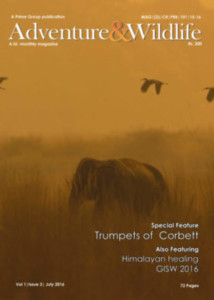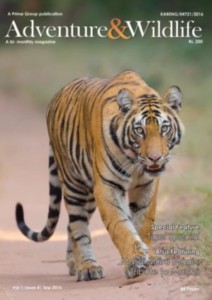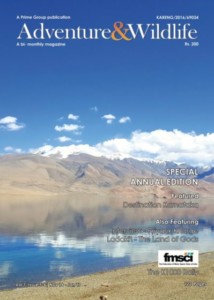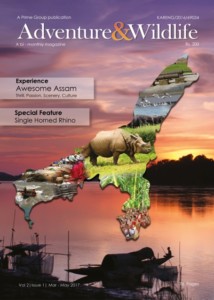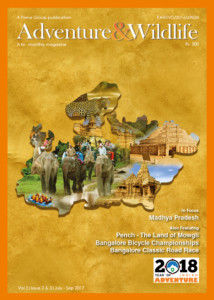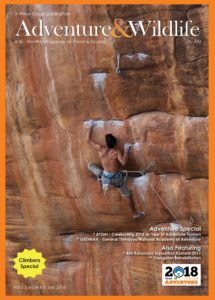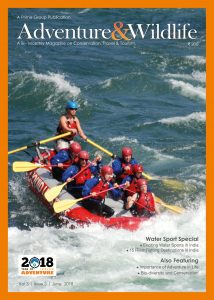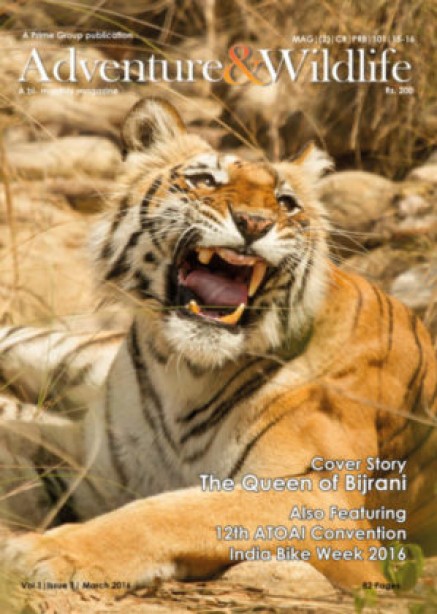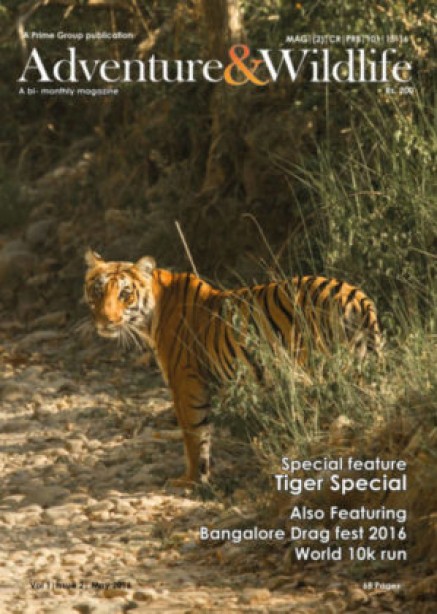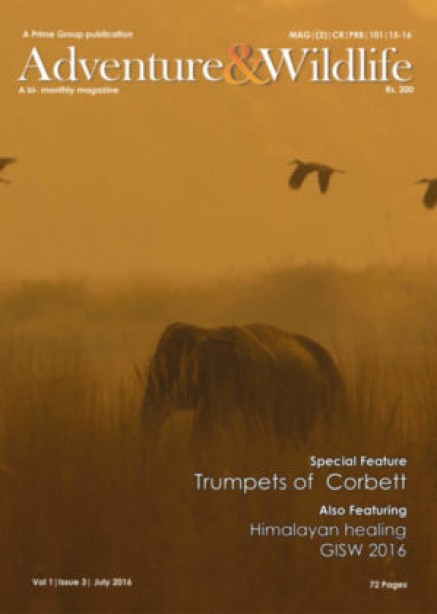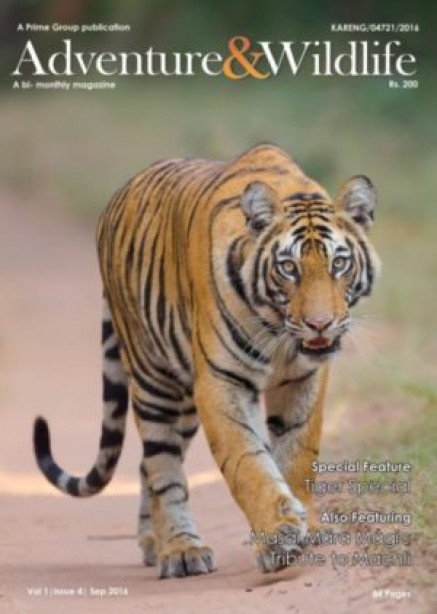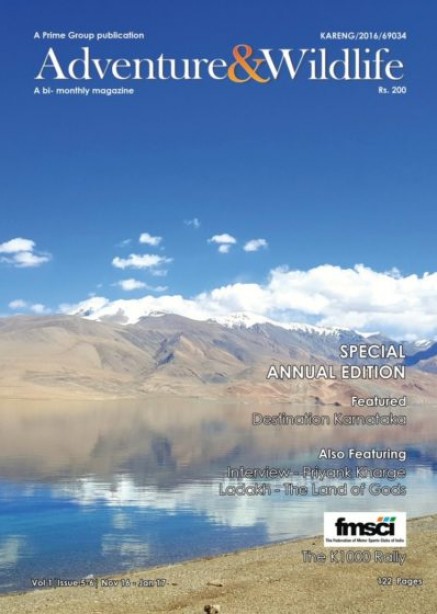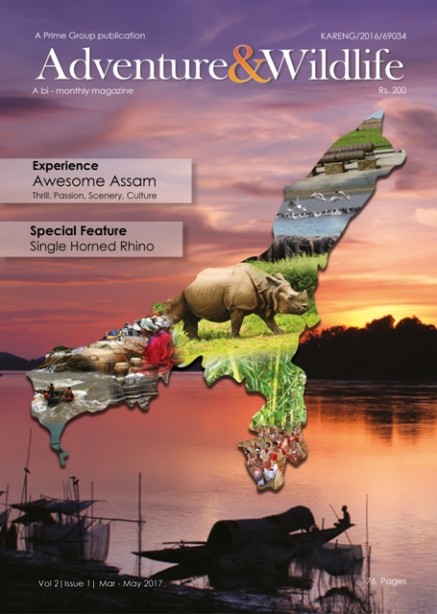
Meet the game-changing lionesses who rule Serengeti
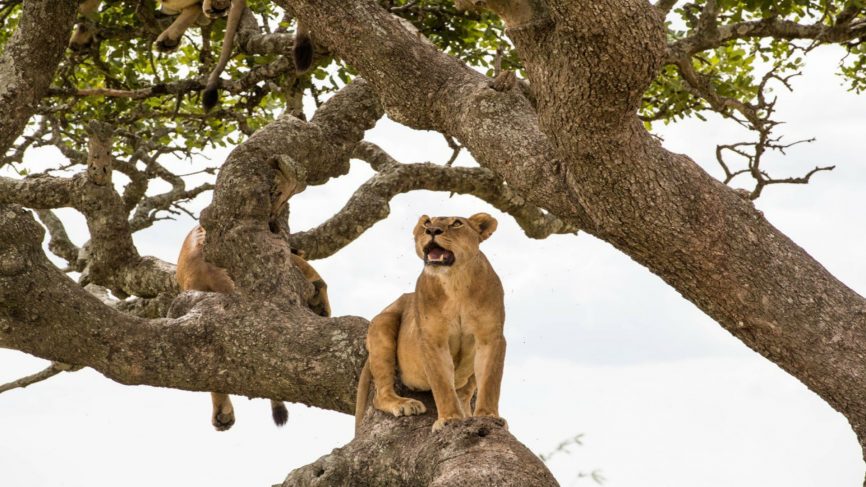
Out in the bush, they’re doing what you least expect them to
What we were staring at was totally unexpected and stranger than fiction. And it was within touching distance.
Semi-hidden in the leafy canopy of a beautifully sculpted sausage tree, Kigelia Africana, were several beige blobs. Along with the dangling sausage fruit hung a multitude of tails and legs. Lions! As we drove up, we counted not just one or two, but an entire battalion of lionesses. Nine females had hauled themselves up a trunk and balanced themselves between the branches and were enjoying sweeping views of the Serengeti plains in Southern Tanzania.
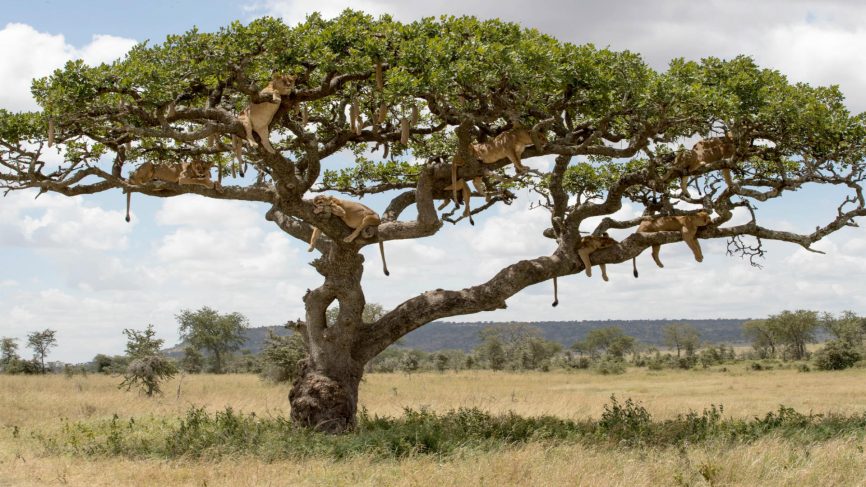
Photo: Anshu Jain
Tree climbing lions are rare, but not unheard of. A chance of seeing them at Queen Elizabeth National Park in Uganda and Lake Manyara National Park in Tanzania have drawn people especially to these places over the years. We hadn’t expected this when we’d set out on a dusty, daylong odyssey on a dirt road from Olakira, our tented camp in Ndutu, and it turned out to be just the sort of prize wildlife lovers hanker after.
“Moja kimoja! Top sighting!” rejoiced Nathan, our equally-mad-for-adventure driver, shaking his clasped hands above his head in a declaration of victory.
We closed in, and now had the lionesses to ourselves, and under its shade, we sat back and took it all it all in. In one athletic bound we could have had Africa’s largest carnivore amidst us, but this was too exciting to allow that thought to take hold.
What made them climb up, we wondered? These weren’t embattled lionesses treed by elephant or buffalo. Nor were they beset by nettlesome tsetse flies on the ground. They hadn’t gone after a leopard’s stash… Our felines looked really well fed—their tummies were nicely rounded—they were simply catching the breeze and sleeping off a big meal!
I’d never seen lionesses look so comical; a couple seemed distinctly ludicrous with their tubby middles bulging between branches. They snored, grunted, and peed unselfconsciously, sending long showers to the ground. Every now and then, one would consider a more comfortable position, stand up in cautious slow motion, turn gingerly and snuggle down again. Their movements were inexperienced and uncertain and they’d end up rocking the entire branch. What they were up to was an utter anomaly!
Leopards shimmy up trees and move around them, as though they’re purpose-built for an arboreal life. They haul-up large antelope kills with impressive athleticism, and scale down tall, steep-sided trees in a trice. Not lions. They’re simply not designed to go up vertically. They’re far too big and bulky, and their skinny short tails don’t lend any balancing support whatsoever. They’re meant to whisk away flies and lead young cubs across the savannah grass. Our girls were flouting the rules of nature, and we were loving every minute!
Eventually, in the heat of the day, we veered off to enjoy our picnic. This was the Moru Kopjes area, renowned for the intensely beautiful granite outcrops that hold water and allow plants and trees to grow around them. They’re great places to look for vervet monkeys, leopards and rock hyraxes. Nathan circled a kopje, making sure nothing was lurking in it, and then set up a table topped by a bright red Masai shuka, some chilled chardonnay and a couple of delectable salads. My husband and I chatted about what we’d just seen. Cubs must learn this tree-climbing behaviour by following the adults in their pride. We remembered the hippo-hunting lions in the northeast Okavango Delta in Botswana and the giraffe-hunting lions of the Hoanib Desert in Namibia. These were specialised traits, honed over time by certain prides, often due to necessity.
Our lion-tree’s fame was spreading via the bush telegraph. Nathan had spoken to his friends on the wireless, and this extraordinary sight was now beginning to draw jeeps, cameras and incredulous safari folk from all over.
Not far from the sighting was Dunia, a sister camp of Olakira, run by the same company, Asilia. I’d heard that Dunia was run entirely by women and this had made a huge impression on me. I could only imagine the insurmountable problems that come up in the bush, and wanted to meet this set of game-changing lionesses and hear their story.
Angel, the manageress’s voice rang clear on the wireless, and she invited us to visit. The stylish tented camp with winning views of the savannah felt every bit as welcoming as the 23 women who run it.
The guides, chef, servers, laundry staff, bartenders and even the askaris (night guards) are all women, except for two men who take care of mechanics and maintenance. It was refreshing to see ladies in charge everywhere. They hauled luggage with dignity and swung jeeps around like pros.
Angel chatted with us over tea, telling us how much she enjoys hosting her guests. ‘Hospitality is in my heart.’ Her team is dedicated to the cause and they’re proud to be the first female-run camp out 138 camps in the Serengeti. The rather radical idea was conceived by Asilia’s co-founder, Bas Hochstenback, who wanted to empower women and turn them into local heroes.
I asked Angel what difficulties they’d faced, and she answered with a gentle laugh. ‘Men used to come to visit when they heard there were mainly women here. But I put an end to that, politely telling them that only members of the camp can come here. Men from other camps never imagined we could drive in the bush or change tyres, they would laugh among themselves at the thought of us getting stuck in the mud, but we’ve often rescued them from getting stuck. We’ve tackled bushfires, struggled to hold down tent coverings in a storm, and our askaris have to be quick-witted and sharp eyes all the time. Just the other day we had 23 lions right next to camp.’
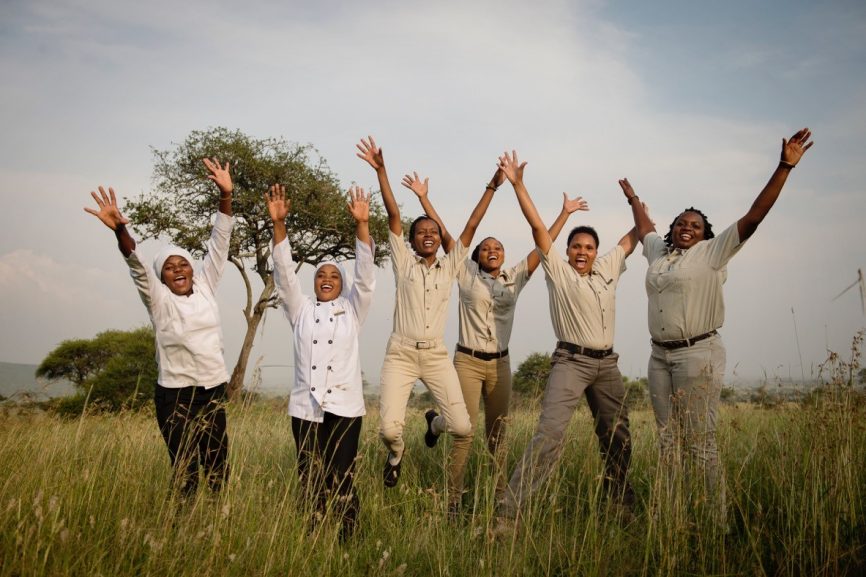
The women who rock the Serengeti. Photo: Anshu Jain
Angel’s story is particularly poignant. She grew up in a village and was bright enough to get selected for college, but her father had five other children to look after and couldn’t afford the fees. ‘I cried for weeks,’ she said, ‘and then got a job in the laundry department of a camp, and they found me capable and promoted me as the manager. Back in my village people find these jobs disrespectful, they don’t realise the high calibre of these camps. Now they look to me for advice, and I often give my own money to young girls who want to study further.’
I could see the guests had made strong bonds with the women at Dunia; a honeymooning couple felt quite emotional as they said their goodbyes.
The Serengeti has always been the pride of Tanzania, and now these two extraordinary sets of felines are set to generate fresh excitement.
Source : https://www.cntraveller.in/story/meet-the-game-changing-lionesses-who-rule-serengeti/


